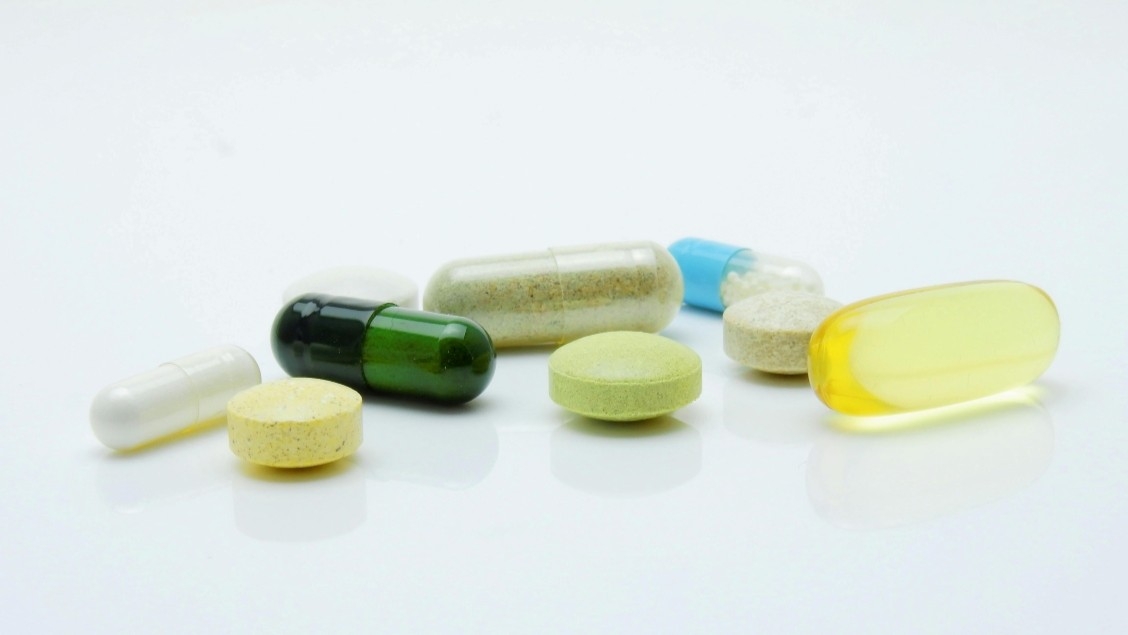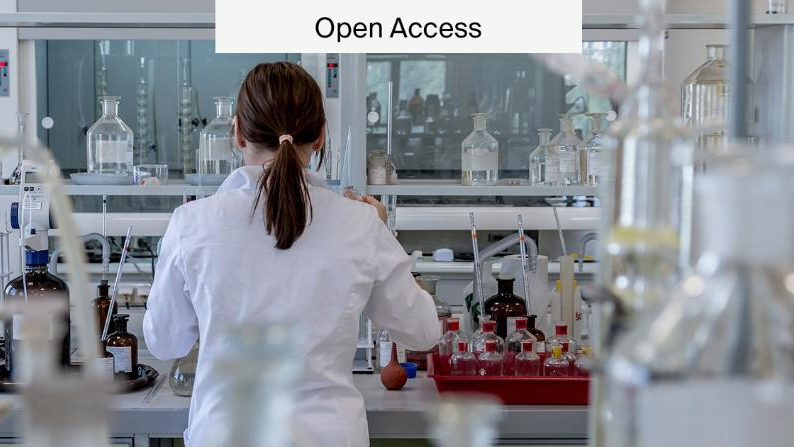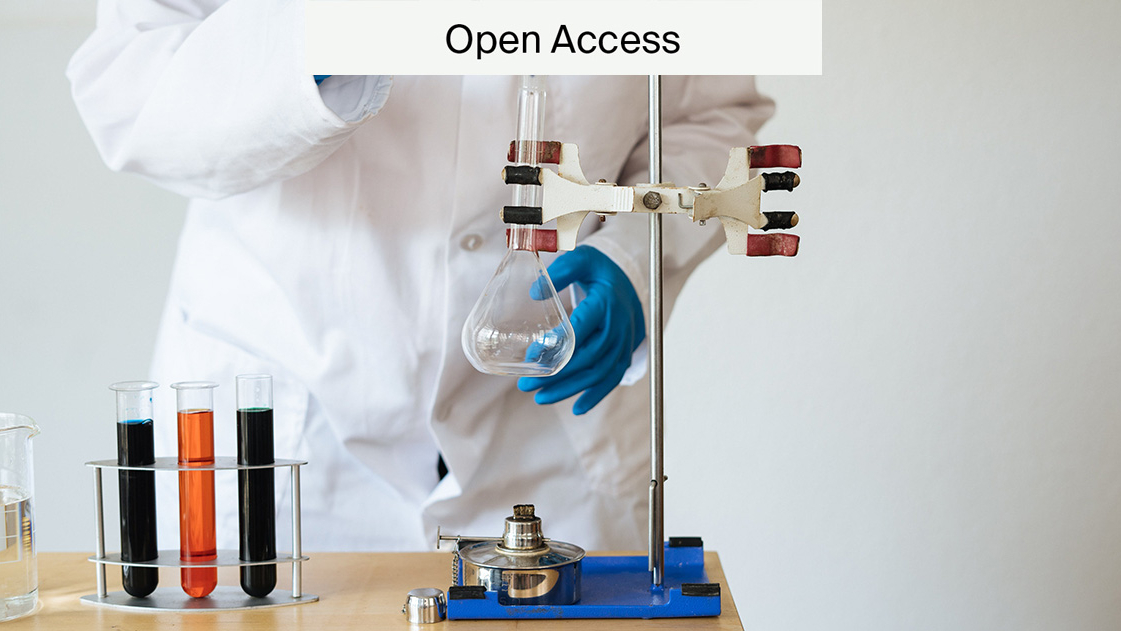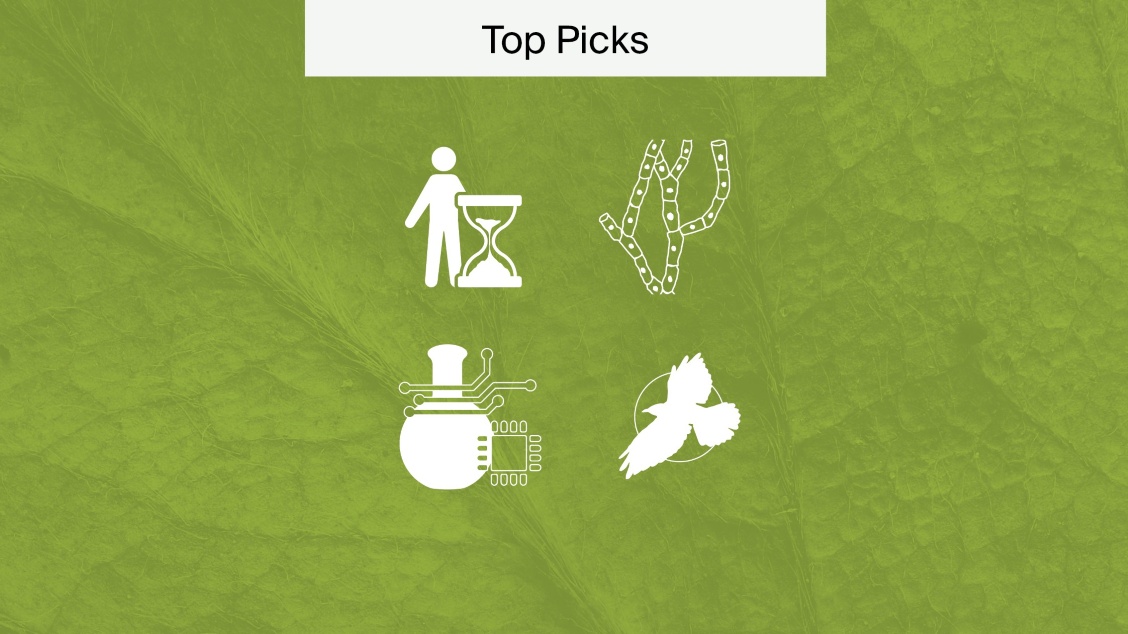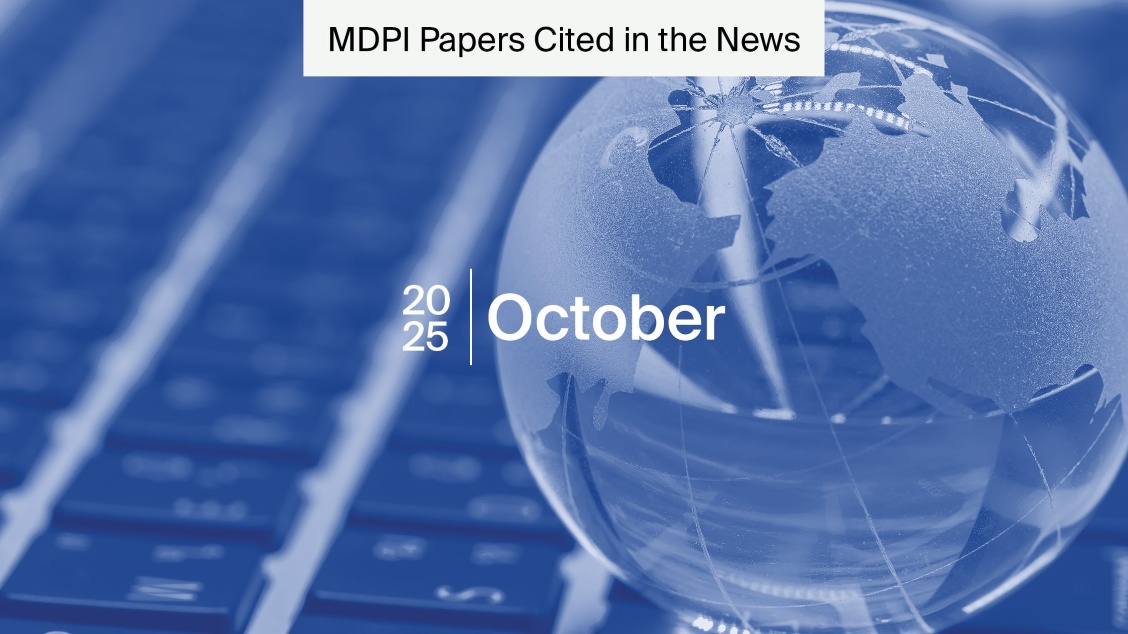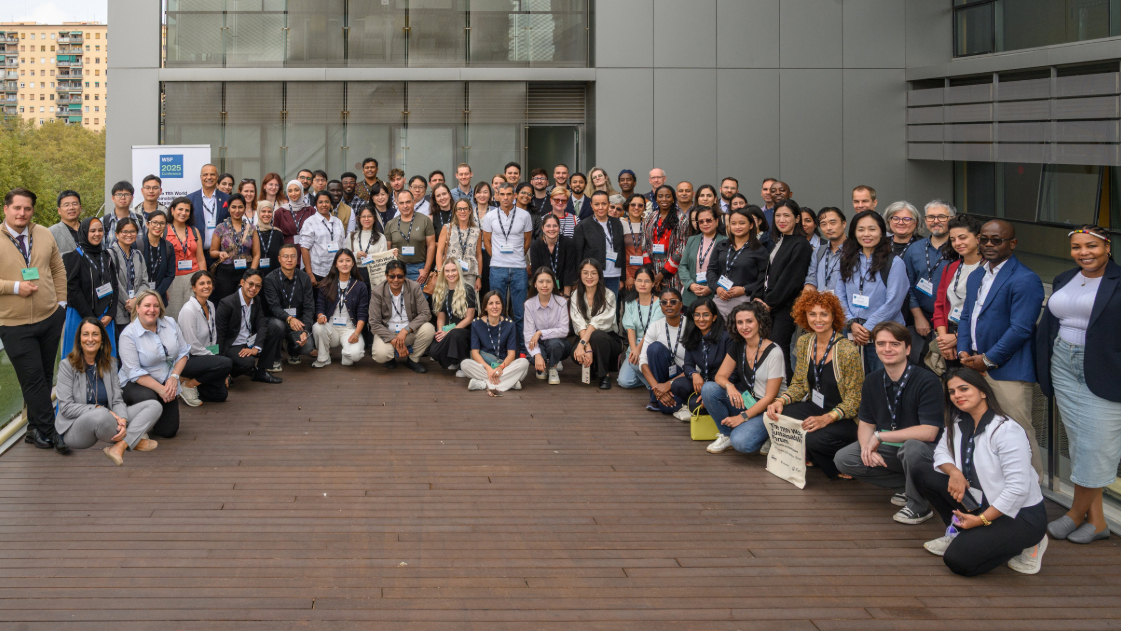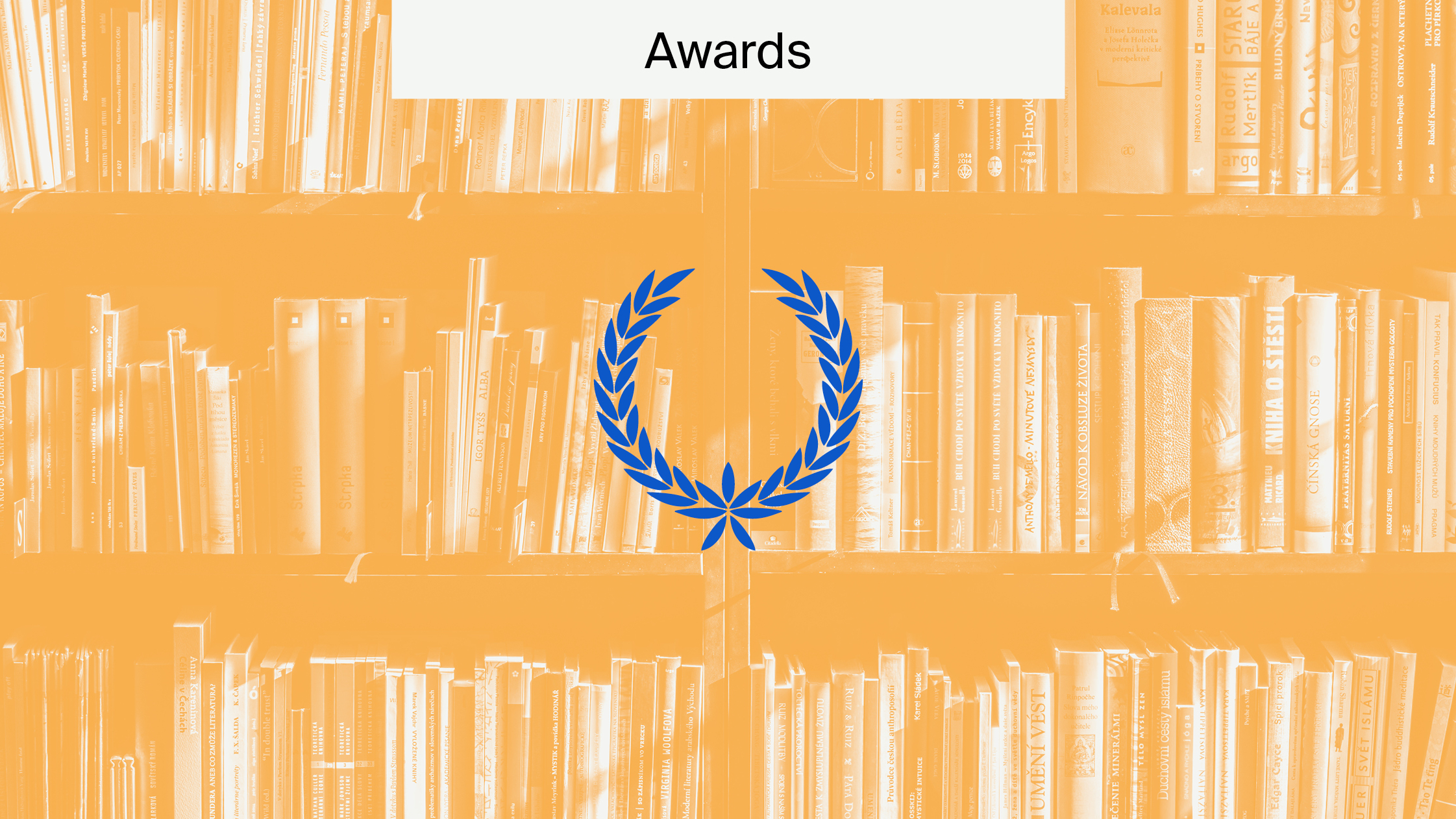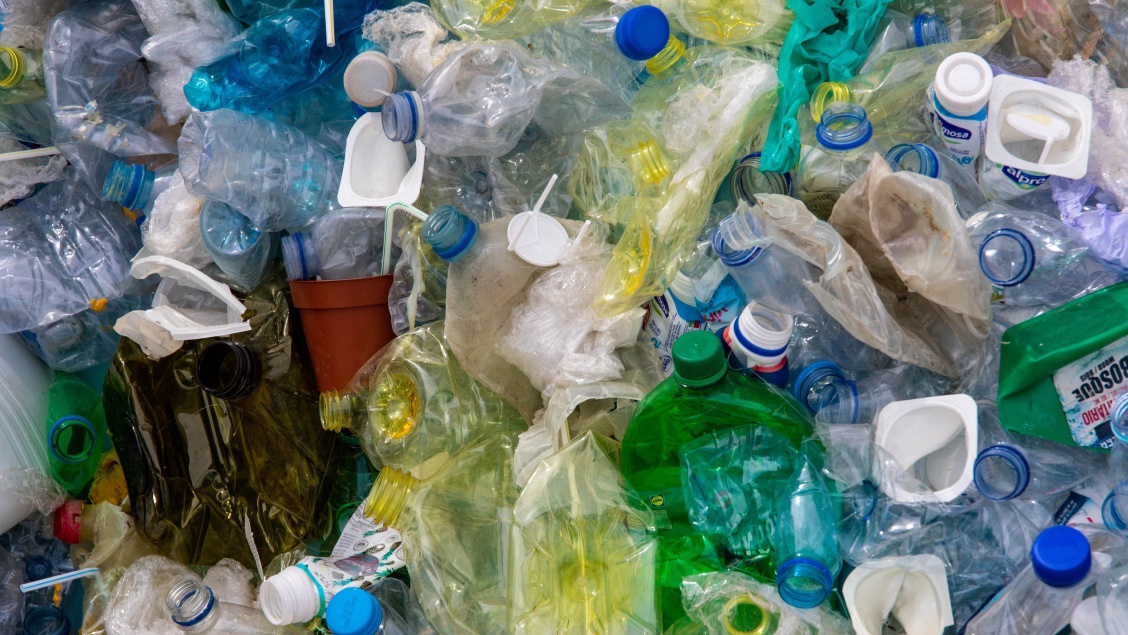
Plastic Pollution Needs Addressing
This year, World Environment Day is focusing on reducing plastic pollution and transitioning to a circular economy. COVID-19 triggered an unprecedented rise in plastic use, at a time when 400 million tonnes of plastic waste was already being generated annually.
Here, we showcase how MDPI researchers are tackling plastic pollution in light of World Environment Day and stress the urgency of this issue.
What is World Environment Day?
The event was founded by the UN Environment Programme in 1973, making this its 50th anniversary. It aims to foreground environmental challenges, and is supported by non-governmental organisations, businesses, governments, celebrities, and communities. Previous years have focused on various themes including air pollution, melting ice, and desertification.
This year, 150 countries are participating in the #BeatPlasticPollution campaign. Cote d’Ivoire, which banned the use of plastic bags in 2014 to support reusable packaging, will lead it. But why was this theme selected?
Plastic pollution
Plastic waste has been found in the Mariana Trench, the deepest point in the ocean, and at the top of Mount Everest, the highest mountain. Such waste comes from human activity and reflects how plastic has become ubiquitous.
According to OECD statistics, 79% of plastic waste is managed using landfills or leaked into the environment. Less than 10% is recycled. Plastic can persist for centuries, because the qualities that make it so useful, its durability and resistance to degradation, also make it difficult to break down.
Therefore, we must understand the effects of and work out how we can reduce plastic waste and production. Let’s look at some MDPI articles working on this.
The life of plastic
A life cycle assessment highlights the environmental impacts of a product or process across all stages of its life. This is important because plastic not only pollutes the environment from when it becomes waste but from when its raw materials are first extracted.
An article in Sustainability reviews plastic life cycle assessments and how its various steps create pollution.
Plastics are conventionally extracted from raw materials, such as unrefined petroleum, natural gas, or plants. These are often extracted from dwindling natural sources and are then refined into the desired chemicals.
The refined products are treated with high heat so they become monomers, which are molecules that can be bonded to other identical molecules. As such, a catalyst is then added to facilitate the reaction that creates polymers, which are chains of monomers that have higher mechanical strengths and boiling points. The polymers are then melted, cooled, and cut into smaller pellets, which can again be melted by manufacturers to shape into the desired products: bottles, tires, packaging, etc.
Once these items are made, they are packaged and transported for distribution. Customers use, sometimes reuse, and then dispose of them. Often, plastic waste is put in landfills, which marks the end of the product’s life cycle, but it can be recycled and return to the monomer-processing stage instead.
Pollution at every step
Each step has its own consequences. Extracting the raw materials requires disturbing natural landscapes. High amounts of energy are required for the heating that occurs during multiple steps of the process. Transporting products causes vehicle emissions and more material is often required for packaging. The high demand for plastic products means landfills are growing much faster than they can degrade, which also contributes to pollution.
Understanding the life cycle of plastic reveals that landfills are not the only problem. Plastic production is a highly energy-intensive process that utilises depleting natural resources and creates huge amounts of hard-to-dispose-of waste. But what are the effects of plastic pollution?
The effect of plastic
Another article in Sustainability looks at how plastic degradation contaminates soil, the ocean, animals, and even humans.
Plastic degradation, or weathering, is triggered by UV light, oxygen, water, and pollutants. Plastics release “toxic monomers and additives”, the latter of which are added to plastics to emphasise certain qualities like colour and elasticity, as they degrade. This process generates “micro- and nano-sized debris”, as larger plastics break down into microplastics and nanoplastics. These are tiny bits of plastic that can more easily leach into the environment, such as in soil, and are hard to detect and remove. Additionally, the author highlights how “about 80% of plastic waste in the sea derives from land-based sources, generally through leaching and soil erosion”.
Furthermore, plastic debris can act as “carriers”, picking up “organic and inorganic contaminants as well as pathogens”. This effect is heightened by microplastics and, especially, nanoplastics’ higher surface areas. The author calls this the “Trojan horse effect”, as invasive species, diseases, and polluting substances can enter environments, such as the ocean, on plastic waste.
Their small size and presence in soil and water mean that they are often consumed by animals and plants. This means, when we consume animals or plants that ingested plastic, we consume plastic too.
Our understanding of the effect of plastic ingestion on humans is incomplete. This author highlights how it can cause “localized gut inflammation, immune system alteration, intestinal blockage or tissue abrasion”, and even “neurotoxic effects”.
So, how can we tackle plastic pollution? World Environment Day suggests transitioning to a circular economy; let’s see what this entails.
Circular economy
Above, we looked at the life cycle of plastic products; this was for a linear economy, which follows the process of Take, Make, Dispose. In this, there is a clear beginning and end to a product’s life. Another study in Sustainability reflects on the principles of circular economy as an alternative. This refers to preventing products from having an ‘end’ in their life cycle, through what the author calls the “6 Rs”:
- Reduce the production and import of unnecessary plastics.
- Replace conventional plastics with reusable, renewable, or biodegradable options.
- Redesign products with optimal recyclability, reuse, and repair.
- Reuse products for the same or new purposes.
- Recycle plastic for producing products.
- Recover plastic waste for reuse or to produce new products.
This approach acknowledges how the demand for plastic products remains high. It looks at ways we can use the high amount of plastic waste to fulfil that demand. This would reduce the impact of the energy-intensive extraction and refinement processes at the beginning of the life cycle. It would also create an economic incentive to reduce waste.
Additionally, it encourages consumer habits to become more mindful of their contribution to plastic pollution, and to repurpose items they would normally waste or choose more sustainable options.
Changing practices
There are already various examples of circular economy principles in practice. Adidas released the UltraBoost DNA Loop, which are shoes made from one material that can be recycled after use. GEM China is a material recycling company that has seen great success in battery recycling. Electronic cars are a key component of China’s plans, and GEM are processing more than 10% of all used batteries. In 2016 alone, they processed 3 million tonnes of material resources that would have been otherwise wasted.
The UN claims embracing a circular economy could, by 2040, reduce plastics entering the ocean by 80%, plastic production by 55%, and greenhouse gas emissions by 25%.
#BeatPlasticPollution
Transitioning from a linear to a circular economy requires a shift in how we view plastic products. The highlighted research shows how we must consider the impacts across its life cycle, not just at the end, and to challenge the notion of there even being an ‘end’. The consequences to the planet and our own health are bleak but we can reduce these significantly.
World Environment Day will increase awareness, which open access research can support by ensuring that research is accessible equally and globally. If you are interested in writing about plastic pollution, why not submit your research to Sustainability, Microplastics, or Pollutants.
Plastic is ubiquitous, so let’s ensure the response is too. Beating plastic pollution is a must.


